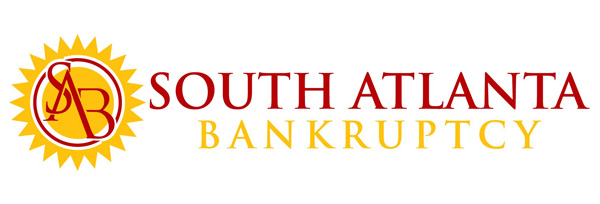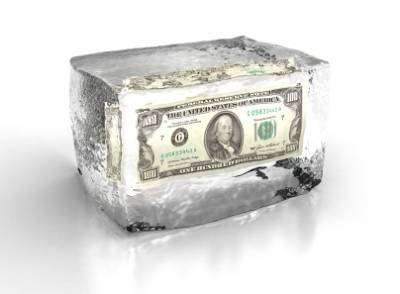How it starts:
Under general principles of contract law, if a person borrows money and is late in repaying it, the lender may choose to sue for damages to collect the debt. A lender starts a civil suit by filing a “summons and complaint”, usually in state court. The summons and complaint are “served” (delivered to) the borrower to let him know that he is being sued. The method of service should be reflected on the “return of service” noted in the court’s file.
A suit that has been properly served requires that the defendant/borrower file an “answer” within 30 days of having been served with the suit. The answer should state a valid reason why the borrower is not legally obligated to pay the debt as stated in the complaint.
If the borrower files a valid answer on time, a hearing will be assigned. If he wins the argument at the hearing, a judgment will be entered in his favor. Otherwise, if the borrower fails to answer, or if an answer is inadequate to dispute the default, then the creditor will win. The creditor may then use the judgment as the basis for a “garnishment” or “levy” to collect the money owed to it.
What happens next:
A “garnishment” is a separate proceeding where the creditor requires the borrower’s employer to pay a percentage of the debtor’s wages into the court until the judgment is satisfied. A garnishment is served on the employer, not on the employee. Thus, it is not necessary for the creditor to “serve” (notify) the borrower of the garnishment, and it may hit the borrower unexpectedly.
Alternatively, a garnishment can also take the form of a “levy”. Here, the creditor may cause the debtor’s bank account to be frozen, and have the bank pay the monies over after a brief waiting period. Again, the borrower does not need to be directly notified, and is often surprised to find that his funds have been frozen. A levy may attach to a joint account even if the other owner(s) of the account have nothing to do with the debt owed to the creditor.
Effect of Filing Chapter 7:
Bankruptcy is commonly used as a defensive action to stop lawsuits, garnishments, and levies. If bankruptcy is filed before a judgment is entered, the bankruptcy will prevent the suit from going forward. If a judgment has been already entered, then at state law, the debt becomes “secured” by a “judicial lien”. In bankruptcy court, a judicial lien may be “avoided” if the lien “impairs exemptions” to which the Debtor would otherwise be entitled. A judgement usually “impairs exemptions” where the Debtor does not own significant equity in property. (This subject is beyond the scope of this article, and would have to be discussed specifically with the lawyer).
If monies have already been taken under a garnishment or levy, it may still be possible to get the money back. Basically, the monies taken must be capable of being “exempted” in the individual case. Further, the amount must still be in the possession of the employer, bank, or court, or alternatively, if the monies have already been remitted to the creditor, they must have been garnished within 90 days of the bankruptcy filing, and must exceed $600.00 in amount. Records showing the amounts garnished and timing of garnishment are important to the lawyer in trying to get it back. These matters are frequently (but not always) resolved in favor of the Debtor. Of course, results depend on the facts of the individual situation.
Please contact one of our lawyers at 678-519-4143 to discuss how this applies in your particular situation.

